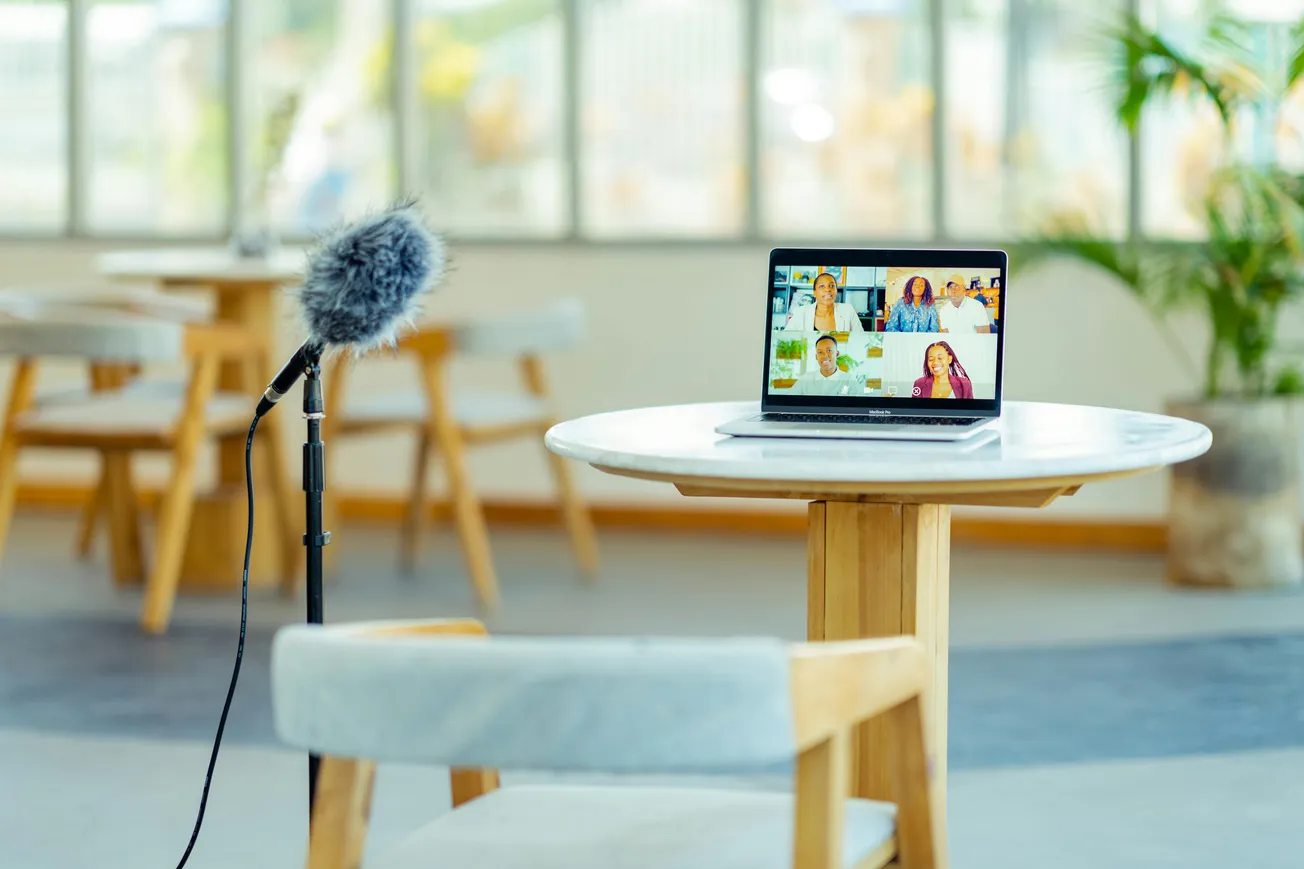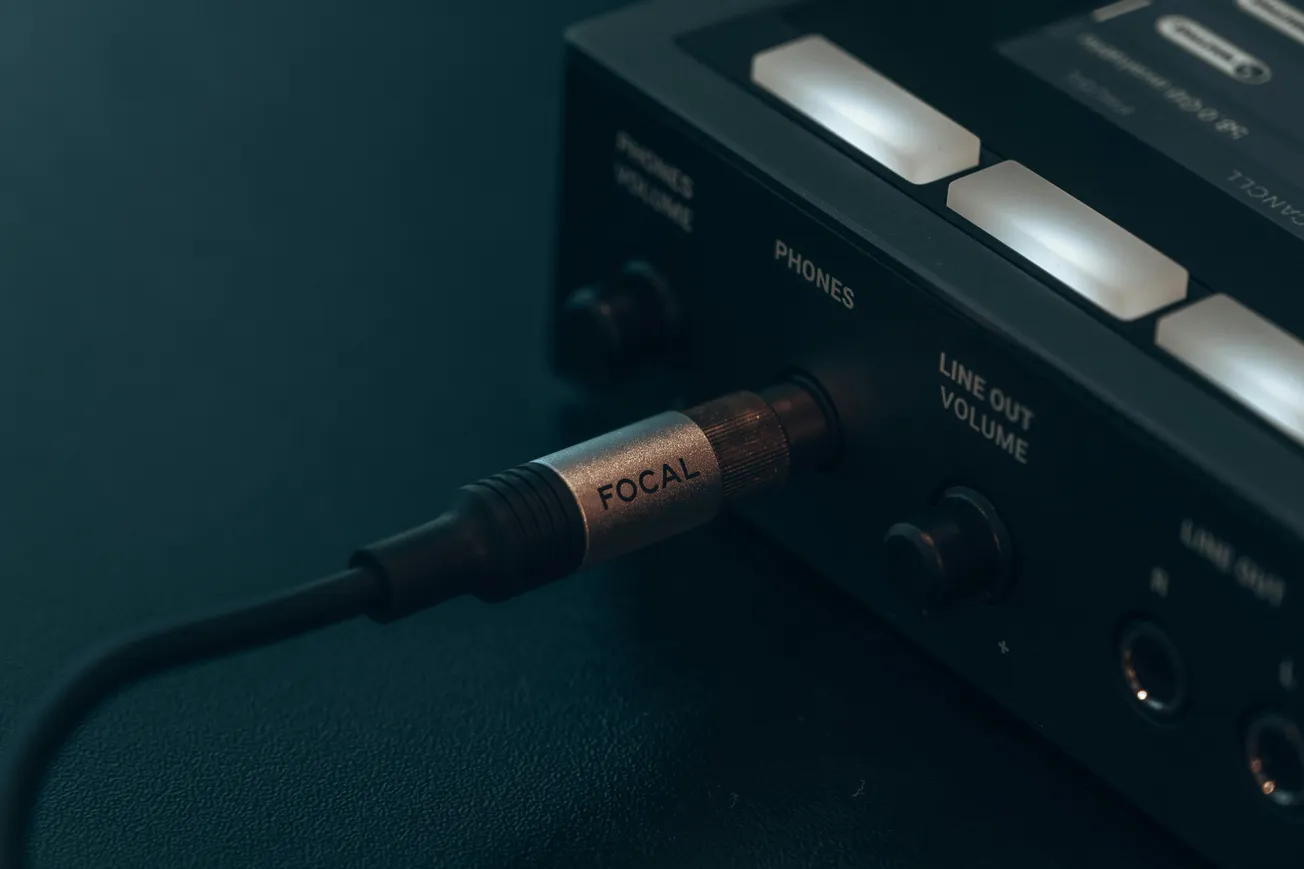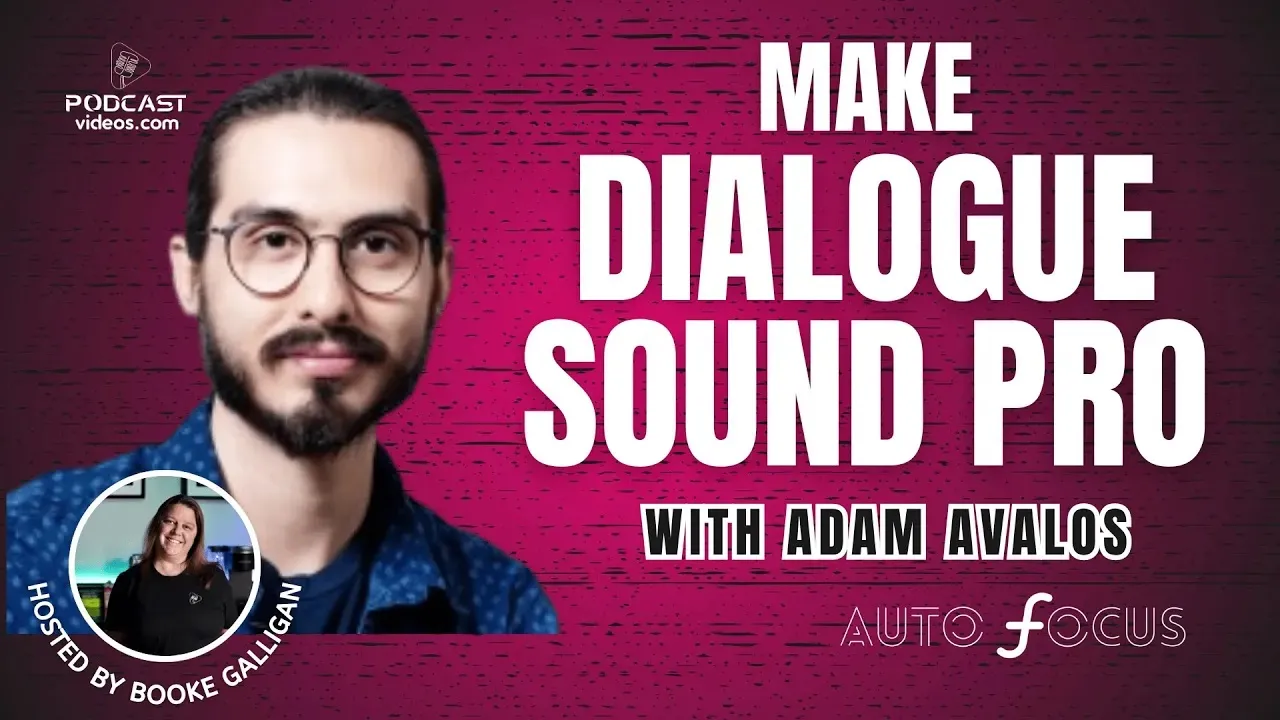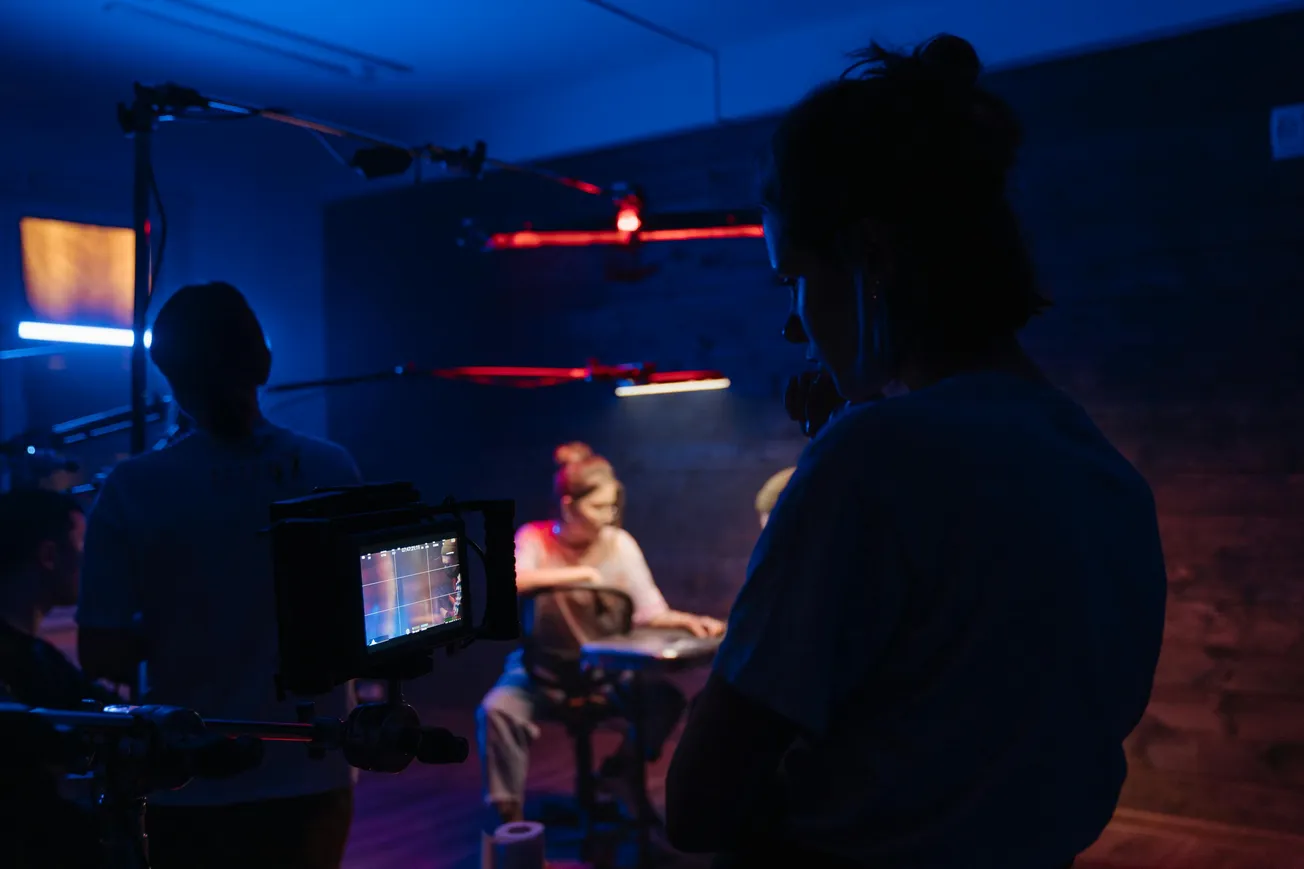In podcasting, great sound isn’t about the priciest gear—it’s about smart choices that respect your space, workflow, and listener’s attention. That’s the philosophy behind Adam’s approach, a seasoned audio engineer who has built podcasting systems that work in real-world, mobile scenarios.
The first principle? Treat the room before upgrading the mic. Echo-heavy environments ruin even the best equipment. Rugs, curtains, or even recording inside a parked car can dramatically improve clarity. Environment trumps tech every time.
For gear, portability matters. Adam uses a MacBook Pro with a Focusrite interface at home and the Zoom PodTrak P4 for remote sessions. This compact recorder offers four XLR inputs and SD card recording, making it ideal for quick, mobile setups. With simple mic techniques like the “hang ten rule”—placing the mic about six inches from the speaker—you get reliable results across all voice types.
Editing is where efficiency meets creativity. Adam recommends building a template-driven workflow: preload intro/outro segments, standard plugins, and structural markers. For client work, edit backwards from their timecoded notes to avoid undoing earlier fixes. Tools like iZotope RX help clean audio gently, removing clicks, breaths, and noise without making voices sound robotic.
Perhaps the most overlooked step? Testing commitment. Adam suggests asking potential collaborators for a quick proof-of-concept—like a phone recording—before investing time. If they show up, so should you.
This lean, portable system proves that smart workflows and environmental control beat flashy gear. For creators, especially those recording in varied locations or under tight deadlines, it’s a reminder that structure and simplicity are key to consistent, high-quality audio.








